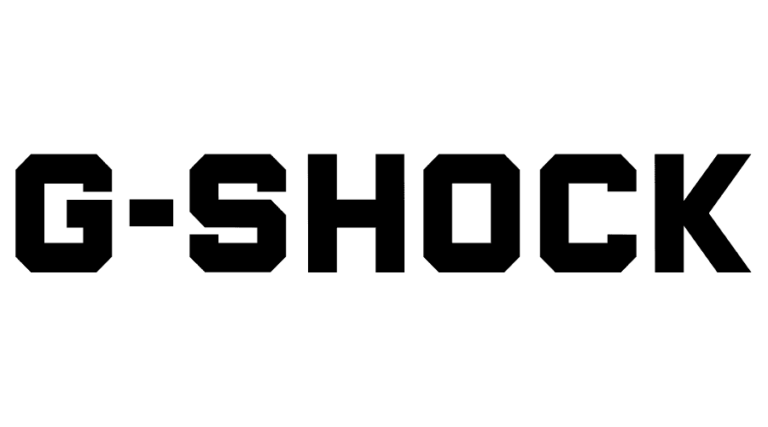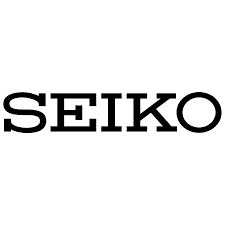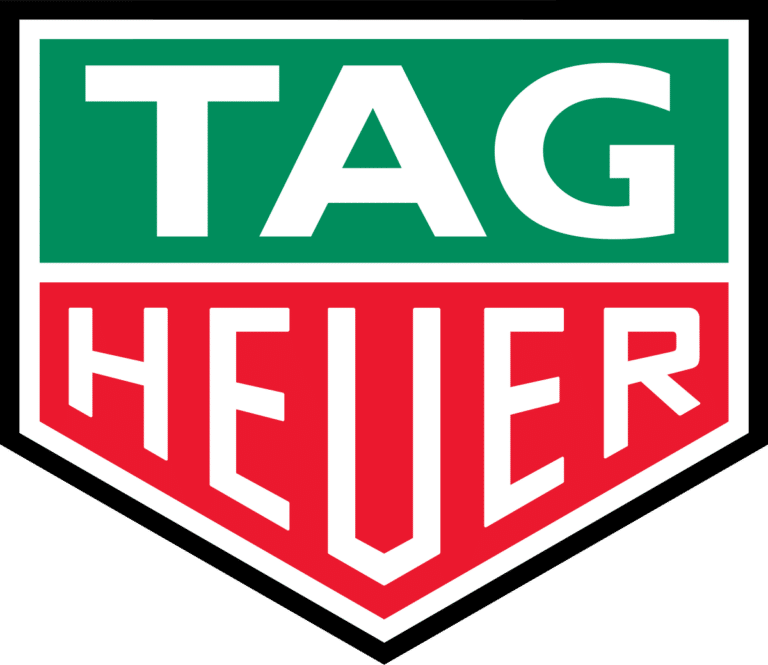Synonymous with luxury watchmaking today, TAG Heuer first emerged from humbler roots.
From his small workshop in the Swiss village of St-Imier, Edouard Heuer began building the brand’s reputation for pioneering excellence in 1860. But his legacy didn’t just launch TAG Heuer’s own evolution. The watchmaker’s unique mechanisms — and impressive number of patents — advanced the entire industry.
With its innovative tradition now more than 150 years in the making, TAG Heuer watches continue to differentiate themselves within the horological niche. From modern takes on iconic models to its state-of-the-art smartwatch, the brand’s selection today stands the test of time while honoring its rich history.
The Origins of Swiss-Made Excellence
Edouard Heuer filed his first patent at 29 years old — the start of a long series of innovations that would become ubiquitous to the TAG Heuer brand.
His original invention was a keyless, crown-operating winding system for pocket watches, a popular feature that earned Heuer a reputation as a budding entrepreneur. But his first major breakthrough was securing a patent for the oscillating pinion in 1887.
Organized sporting competitions were becoming more and more popular at the time. Heuer recognized the importance of accurate, precise timekeeping in this emerging culture. His oscillating pinion — also known as a rocking pinion — filled this gap, perfecting the chronographs widely used at the time.
With a simple push-button, Heuer’s improvement allowed a user to start and stop chronograph watches in an instant. It didn’t just transform the chronograph’s precision. The invention simplified its manufacturing, servicing, and operation so effectively that it’s still widely used in watch production today.
Heuer’s Timekeeping Evolution
Heuer’s highly-accurate technology was in heavy demand at the turn of the 20th century. This growing prominence helped drive the brand’s commercial expansion, first partnering with the automobile and aircraft industries in 1911.
An adaptation from pocket chronographs, Heuer’s “Time of Trip” dashboard chronograph was tailor-made for pilots and drivers. This early innovation paved the way for new consumer-oriented products while deepening Heuer’s connection to the sporting industry. It also launched a rapid sequence of new developments, including the:
- First wrist-worn chronograph
- Mikrograph, the first stopwatch accurate to 1/100 of a second
- Semikrograph, an improved model accurate to 1/50th of a second
Bringing a new level of precision to each of its devices, Heuer became the Olympic Games’ official timekeeper at Antwerp in 1920, Paris in 1924, and Amsterdam in 1928. The brand continued to align itself with athletic innovation in the decades that followed, including the release of timepieces with features like:
- Water resistance
- Tachymeter scales for drivers to measure pace per mile
- Displays that show low and high tides, moon phases, and dials for regattas
- Dual time zone indicators
Heuer’s Launch into Pop Culture
Heuer made history — again — in 1962 as John Glenn sported its wristwatch on his inaugural flight into space. Already the epitome of time measurement for automobiles and aviation alike, the brand’s greater public appeal started to pick up speed.
Just a year after Heuer took to the stars, it released the Carrera. This model was designed specifically to withstand racing ergonomics, named after an infamous stretch of road in Mexico. Under the guidance of Jack Heuer — the founder’s great-great-grandson — the Carrera helped frame the brand’s growing vision. Jack sought to unite Heuer’s technological advancement record with luxurious design and quality, all while staying true to the company’s sporty roots.
Throughout the 1970s, the world’s top Formula 1 drivers served as ambassadors for Heuer’s growing collection. But when Steve McQueen sported his Heuer Monaco both on the track and the silver screen, the brand’s influence soared across fashion and pop culture.
Heuer’s success in this era hinged on its top-secret Project 99, aimed at developing the first self-winding chronograph in partnership with Breitling, Buren, and Dubois-Depraz. Leveraging this technology, Heuer maintained its focus on sporting applications but expanded its market reach with new styles, colors, and features that would define its design for decades to come.
Overcoming Crisis in the Watchmaking Industry
The rise of quartz watch production in the 1970s and 1980 caused one of the most significant economic declines in Switzerland’s history. Referred to as the “quartz crisis,” Swiss watchmakers focusing on traditional, mechanical design struggled to compete with more inexpensive alternatives on the market, particularly from Asian producers.
Heuer joined the electronic race at this time with its release of models like the Chronosplit Manhattan GMT in 1977, combining an analog display with a traditional chronograph. The company’s dip into the digital realm was short-lived, however, soon reorienting to its luxury focus.
While its emphasis on mechanical watchmaking prevailed over time, the crisis brought financial difficulties that led to Heuer’s sale in 1985. Techniques d’Avant Garde (TAG) acquired the company’s majority share, formally rebranding to TAG Heuer. Under this new leadership, TAG Heuer continued innovating for the athletic world while courting the luxury consumer market.
Today’s models span a wide range of purpose-driven applications for everything from scuba diving to golf — and, of course, car racing. TAG Heuer’s contemporary selection marries its longstanding technological expertise with modern design — but with a generous nod to the watches’ traditional look and appeal.
Where Utility Meets Style: Today’s TAG Heuer Collection
From vintage revivals to its game-changing smartwatch, TAG Heuer’s collection offers a wide assortment of timepieces. The brand’s catalog succeeds in catering to the most discerning buyers — without deviating from the quality that forged its evolution.
TAG Heuer Carrera
The Carrera was first designed to offer motorsport drivers a clean, reliable, and legible instrument on the road. The original model highlighted its most essential function: the chronograph. But as its prominence grew alongside an interest in Formula 1 racing, TAG Heuer introduced new lines with bold and flashier designs.
Today’s Carrera line pays respect to this blend of masterful function and trend-setting style. With models like the Carrera Porsche Chronograph — born out of the watchmaker’s recent partnership with the luxury carmaker — TAG Heuer elevates the company’s racing roots with a modern touch. This authentic heritage is evident in the full range of Tag Heuer’s Carrera products.
The Carerra 02 Movement model is reminiscent of the 1963 original, available with blue, gray, black, and silver dials. It features a tri-compax layout in its sophisticated yet sporty design, with options starting at $5,350.
The 02T Movement brings a fully in-house tourbillon to the model’s mechanics and a skeletonized dial highlighting its intricate movements. The 45mm timepiece starts at $17,000, far below the price range of competitive options in the tourbillon world.
Additional design options are available on other watches in Heuer’s Carrera Caliber line, among which are:
- Caliber 16, with a modest look and size down to 41mm, starting at $4,150
- Caliber 16DD, with a diameter of up to 43 mm that includes the day of the week on its display
- Caliber 5, with a stylishly simplified display and options of 36mm or 39mm
- Caliber 5D, which stays true to a basic look with extra space for the day of the week
- Caliber 9, which at 28mm and $2,200 is one of the top TAG Heuer women’s watches
TAG Heuer Aquaracer
Heuer’s relationship to the sporting world didn’t end with car racing. The brand has made waves with its sport-luxe offerings of high-performance dive watches. The Aquaracer line is known for its 12-facet bezel with easy turning function — and ability to surpass depths with precision.
The Heuer Aquaracer is available with:
- An array of colors, styles, and a price range starting at $1,350
- Time-and-date displays
- Water-resistance up to 300m
- Chronograph features for multi-faceted timekeeping at depth
- Quartz or mechanical functionality
TAG Heuer Autavia
The original Autavia — the name a combination of automobile and aviation — was Heuer’s legendary dashboard counter for racing cars, boats, and aircraft. It evolved to become the brand’s first chronograph wristwatch with a turning bezel, a veritable icon in the automotive world.
Today, the vintage 1960s Autavia design is still available in Heuer’s Heritage Collection alongside stylish models that are decidedly modern. With the line starting at $3,000, options include:
- Three-register mechanical chronographs
- Multi-time zone tracking
- Chronometer certification at an affordable price point
TAG Heuer Monaco
The Monaco was a revolutionary timepiece when first released in 1969. It was the first automatic chronograph to showcase a waterproof, square-faced design, an avant-garde technical advancement for the era.
The Monaco also solidified Heuer’s close connection to Formula 1 racing. Already received with great fanfare, it gained significant mainstream attention on the wrist of Steve McQueen in his film Le Mans.
The Monaco has since explored different designs, materials, and details while staying true to its classic square case. Today’s quartz model offers an affordable entry point to the iconic style, with the 37mm starting at $1,750.
Monaco Automatic Chronographs are slightly larger at 39mm and start at $5,400. The line includes retro-chic models that celebrate the style McQueen made famous, with a metallic blue dial and a bright-red second hand. There are also more contemporary color palettes available with options for different movements and layouts.
TAG Heuer Connected
TAG Heuer’s innovative legacy began by meeting a demand for precision in the racing world. This ingenuity for functional design has evolved alongside consumer needs today — producing a refined smartwatch bearing the coveted “Swiss-made” tag.
First released in 2015, Heuer’s current third-generation smartwatch brings features like improved software, enhanced fitness tracking, and a more polished appearance. The 45mm frame is entirely circular, giving it a compact, traditional watch-like look and feel inspired by the Carrera chronograph line.
The smartwatch’s design features include:
- A flush OLED touchscreen that’s clear and easy to read
- Active and ambient modes to help extend battery life while keeping a consistent time display
- Choice of stainless steel or black titanium
- An intelligent interchangeable strap system
This smartwatch’s functionality is an ode to TAG Heuer’s history in the athletic industry, with a strong focus on fitness and sports tracking. It’s built to withstand high-intensity activity thanks to its scratch-resistant screen, lightweight casing, and breathable fit. It also offers:
- Built-in GPS, heart-rate monitor, accelerometer, compass, and gyroscope
- 5 ATM water resistance
- Extended — and rapid charging — battery life for up to 6 hours of constant sports tracking
- Connectivity with Apple Health, Google Fit, and Strava
- TAG Heuer has also developed a mobile companion app for its smartwatch that allows a user to personalize its settings. The watch’s software supports:
- Google Assistant and Google Pay
- Fitness Analytics
- E-mail and messaging
- Music controls
- Calendar notifications
- Maps and weather
- A selection of apps from the Google Play store
TAG Heuer Golf Watch
TAG Heuer’s historical legacy of prestige and performance has also made its way into the golf world. The brand’s first dedicated golf watch — released in partnership with Tiger Woods in 2006 — was designed to overcome the conventional idea that a watch can interfere with a golfer’s swing.
This original design leveraged a lightweight construction, integrated clasp design, inverted crown positioning, and shock resistance to deliver golfers a functional lifestyle timepiece. But the advent of smartwatch technology extended the model’s utility even further.
Today’s TAG Heuer Golf Watch is part of the brand’s Connected smartwatch line. It offers a thoughtful design that ensures golfers can record and access data efficiently — and without distraction. The device features:
- A custom-built app that tracks each shot and displays distances to greens and hazards
- A “driving zone” that displays a map of previous tee shots to guide real-time play
- Scorekeeping for up to four players with post-round statistics and insights
- Precise mapping of more than 40,000 courses in 2-D interactive mapping
The luxury golf watch also comes with other smartwatch features like activity tracking, heart rate monitoring, and compatibility with a range of Google apps.
Iconic Watches with a Cutting-Edge Legacy
TAG Heuer watches are more than timepieces — they’re pieces of time. With centuries at the forefront of watchmaking expertise, each TAG Heuer watch is a nod to the company’s rich legacy across the technological, luxury, and sports industries.
At Brinker’s Jewelers, we have a curated selection of the most coveted TAG Heuer models. Get in touch with our expert team to discuss your ideal style, preference, and function. Or browse our collection and join the ranks of icons from John Glenn to Steve McQueen sporting the brand’s enduring style.
















